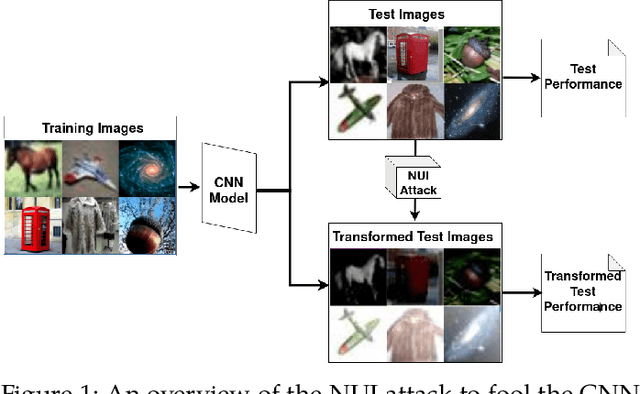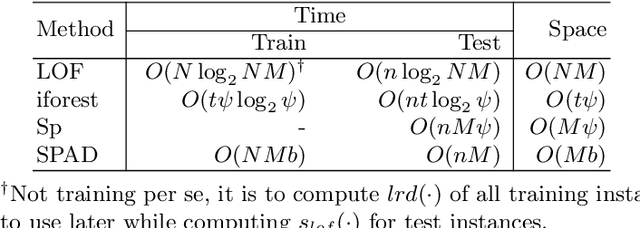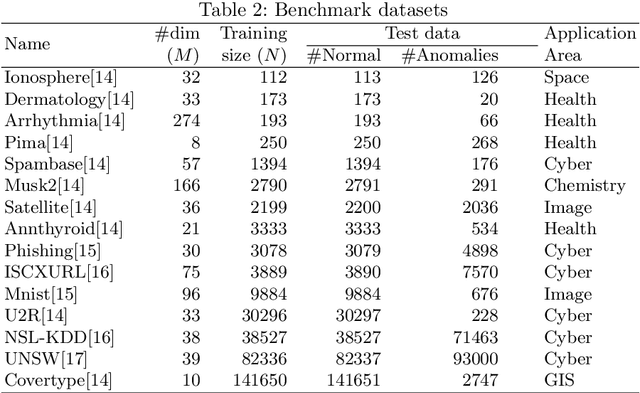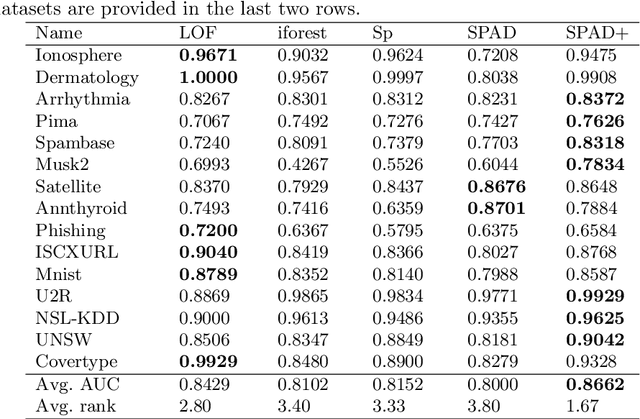KC Santosh
FocusNet: Transformer-enhanced Polyp Segmentation with Local and Pooling Attention
Apr 18, 2025Abstract:Colonoscopy is vital in the early diagnosis of colorectal polyps. Regular screenings can effectively prevent benign polyps from progressing to CRC. While deep learning has made impressive strides in polyp segmentation, most existing models are trained on single-modality and single-center data, making them less effective in real-world clinical environments. To overcome these limitations, we propose FocusNet, a Transformer-enhanced focus attention network designed to improve polyp segmentation. FocusNet incorporates three essential modules: the Cross-semantic Interaction Decoder Module (CIDM) for generating coarse segmentation maps, the Detail Enhancement Module (DEM) for refining shallow features, and the Focus Attention Module (FAM), to balance local detail and global context through local and pooling attention mechanisms. We evaluate our model on PolypDB, a newly introduced dataset with multi-modality and multi-center data for building more reliable segmentation methods. Extensive experiments showed that FocusNet consistently outperforms existing state-of-the-art approaches with a high dice coefficients of 82.47% on the BLI modality, 88.46% on FICE, 92.04% on LCI, 82.09% on the NBI and 93.42% on WLI modality, demonstrating its accuracy and robustness across five different modalities. The source code for FocusNet is available at https://github.com/JunZengz/FocusNet.
L2GNet: Optimal Local-to-Global Representation of Anatomical Structures for Generalized Medical Image Segmentation
Feb 06, 2025Abstract:Continuous Latent Space (CLS) and Discrete Latent Space (DLS) models, like AttnUNet and VQUNet, have excelled in medical image segmentation. In contrast, Synergistic Continuous and Discrete Latent Space (CDLS) models show promise in handling fine and coarse-grained information. However, they struggle with modeling long-range dependencies. CLS or CDLS-based models, such as TransUNet or SynergyNet are adept at capturing long-range dependencies. Since they rely heavily on feature pooling or aggregation using self-attention, they may capture dependencies among redundant regions. This hinders comprehension of anatomical structure content, poses challenges in modeling intra-class and inter-class dependencies, increases false negatives and compromises generalization. Addressing these issues, we propose L2GNet, which learns global dependencies by relating discrete codes obtained from DLS using optimal transport and aligning codes on a trainable reference. L2GNet achieves discriminative on-the-fly representation learning without an additional weight matrix in self-attention models, making it computationally efficient for medical applications. Extensive experiments on multi-organ segmentation and cardiac datasets demonstrate L2GNet's superiority over state-of-the-art methods, including the CDLS method SynergyNet, offering an novel approach to enhance deep learning models' performance in medical image analysis.
Non-Uniform Illumination Attack for Fooling Convolutional Neural Networks
Sep 05, 2024



Abstract:Convolutional Neural Networks (CNNs) have made remarkable strides; however, they remain susceptible to vulnerabilities, particularly in the face of minor image perturbations that humans can easily recognize. This weakness, often termed as 'attacks', underscores the limited robustness of CNNs and the need for research into fortifying their resistance against such manipulations. This study introduces a novel Non-Uniform Illumination (NUI) attack technique, where images are subtly altered using varying NUI masks. Extensive experiments are conducted on widely-accepted datasets including CIFAR10, TinyImageNet, and CalTech256, focusing on image classification with 12 different NUI attack models. The resilience of VGG, ResNet, MobilenetV3-small and InceptionV3 models against NUI attacks are evaluated. Our results show a substantial decline in the CNN models' classification accuracy when subjected to NUI attacks, indicating their vulnerability under non-uniform illumination. To mitigate this, a defense strategy is proposed, including NUI-attacked images, generated through the new NUI transformation, into the training set. The results demonstrate a significant enhancement in CNN model performance when confronted with perturbed images affected by NUI attacks. This strategy seeks to bolster CNN models' resilience against NUI attacks.
Enabling clustering algorithms to detect clusters of varying densities through scale-invariant data preprocessing
Jan 21, 2024Abstract:In this paper, we show that preprocessing data using a variant of rank transformation called 'Average Rank over an Ensemble of Sub-samples (ARES)' makes clustering algorithms robust to data representation and enable them to detect varying density clusters. Our empirical results, obtained using three most widely used clustering algorithms-namely KMeans, DBSCAN, and DP (Density Peak)-across a wide range of real-world datasets, show that clustering after ARES transformation produces better and more consistent results.
Advances and Challenges in Meta-Learning: A Technical Review
Jul 10, 2023Abstract:Meta-learning empowers learning systems with the ability to acquire knowledge from multiple tasks, enabling faster adaptation and generalization to new tasks. This review provides a comprehensive technical overview of meta-learning, emphasizing its importance in real-world applications where data may be scarce or expensive to obtain. The paper covers the state-of-the-art meta-learning approaches and explores the relationship between meta-learning and multi-task learning, transfer learning, domain adaptation and generalization, self-supervised learning, personalized federated learning, and continual learning. By highlighting the synergies between these topics and the field of meta-learning, the paper demonstrates how advancements in one area can benefit the field as a whole, while avoiding unnecessary duplication of efforts. Additionally, the paper delves into advanced meta-learning topics such as learning from complex multi-modal task distributions, unsupervised meta-learning, learning to efficiently adapt to data distribution shifts, and continual meta-learning. Lastly, the paper highlights open problems and challenges for future research in the field. By synthesizing the latest research developments, this paper provides a thorough understanding of meta-learning and its potential impact on various machine learning applications. We believe that this technical overview will contribute to the advancement of meta-learning and its practical implications in addressing real-world problems.
Improved histogram-based anomaly detector with the extended principal component features
Sep 27, 2019



Abstract:In this era of big data, databases are growing rapidly in terms of the number of records. Fast automatic detection of anomalous records in these massive databases is a challenging task. Traditional distance based anomaly detectors are not applicable in these massive datasets. Recently, a simple but extremely fast anomaly detector using one-dimensional histograms has been introduced. The anomaly score of a data instance is computed as the product of the probability mass of histograms in each dimensions where it falls into. It is shown to produce competitive results compared to many state-of-the-art methods in many datasets. Because it assumes data features are independent of each other, it results in poor detection accuracy when there is correlation between features. To address this issue, we propose to increase the feature size by adding more features based on principal components. Our results show that using the original input features together with principal components improves the detection accuracy of histogram-based anomaly detector significantly without compromising much in terms of run-time.
 Add to Chrome
Add to Chrome Add to Firefox
Add to Firefox Add to Edge
Add to Edge